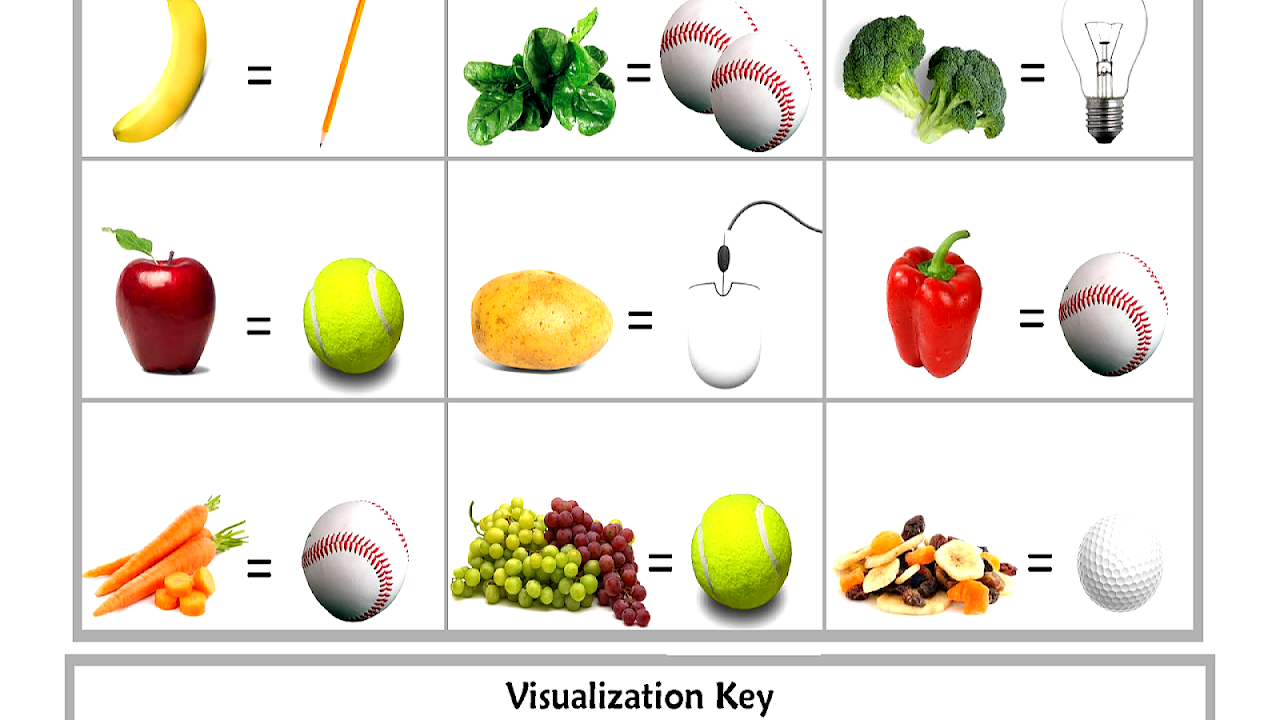
A serving size or portion size is the amount of a food or drink that is generally served.
A distinction is made between a portion size as determined by an external agent, such as a food manufacturer, chef, or restaurant, and a 'self selected portion size' in which an individual has control over the portion in a meal or snack. Self-selected portion size is determined by several factors such as the palatability of a food and the extent to which it is expected to reduce hunger and to generate fullness (see expected satiety).

Maps, Directions, and Place Reviews
Measurement
Bulk products, such as sugar, generally have sizes in common units of measurement, such as the cup or tablespoon. Commonly divided products, such as pie or cake, have a serving size given in a fraction of the whole product (e.g., 1/8 cake). Products which are sliced beforehand or are bought in distinct, grouped units (such as olives), are listed in the approximate number of units corresponding to the reference amount. For example, if the reference amount for olives were 30 g, and one olive weighed 10 g, the serving size would probably be listed as three olives.
Vegetable Serving Sizes Video
Health effects
As of 2017 it was not clear if controlling the serving size (called "portion control") was an effective way to change the amount of food or drink that people consume. However evidence from a systematic review of 72 randomized controlled trials indicates that people consistently eat more food when offered larger portion, package, or tableware sizes rather than smaller size alternatives.

United States
It is found both on the Food Pyramid and its successor program MyPlate and on Nutrition Labels and has two related but differing meanings. The USDA Center for Nutrition Policy and Promotion sets the standards for My Plate and related guidelines. The FDA defines the "Reference Amounts Customarily Consumed" (RACC) tables used by food manufacturers to determine the serving size on the Nutrition Facts Panel, and the USDA Food Safety and Inspection Services labels.
The nutrition facts label is designed to give consumers important nutritional information about a product and allow comparisons with other food. The serving size indicates the amount of food for which the nutrition information is shown. RACCs were established by regulation in 1993 in response to the Nutrition Labeling and Education Act and were based on how much food people typically eat, balanced with desired portion size. Ice cream is the classic example where the RACC is 1/2 cup, but people more often consume more.
Numerous studies and research prove without a doubt that everyday foods have grown un-proportionately; and as a direct result consumers are eating more and their caloric intake has grown. Portion control is a nationwide issue and will continue to worsen until it is resolved. An extraordinary increase of common foods over the last 30 years has resulted in obese Americans, both adolescents and children. Fast food restaurants have profited off these increasing sizes of food and drinks.
Source of the article : Wikipedia


EmoticonEmoticon